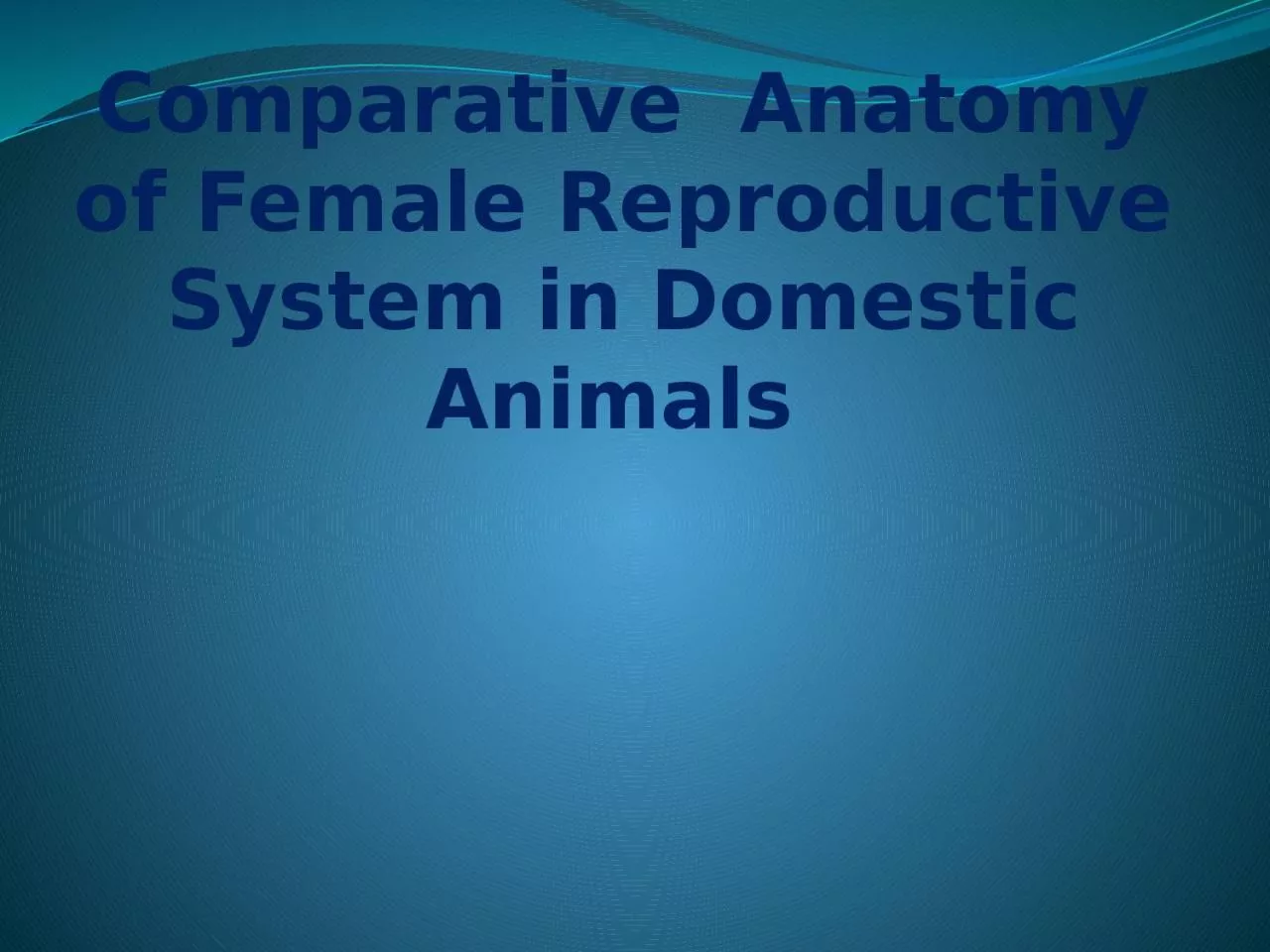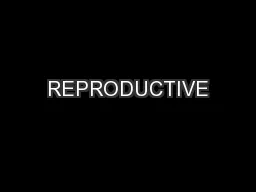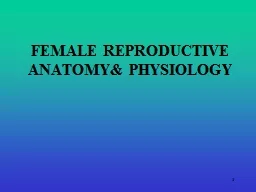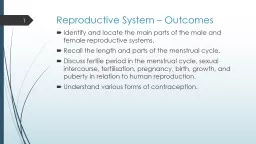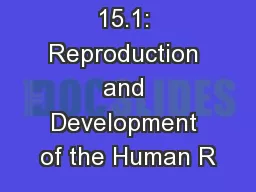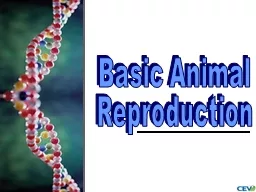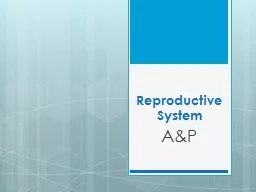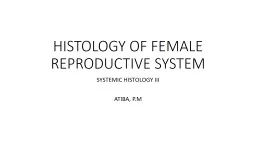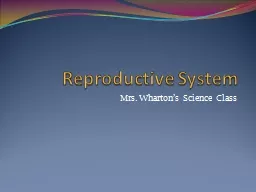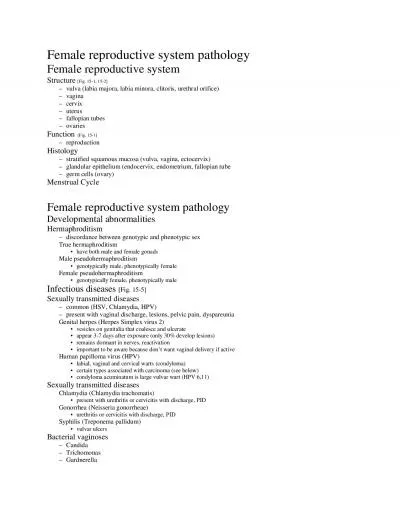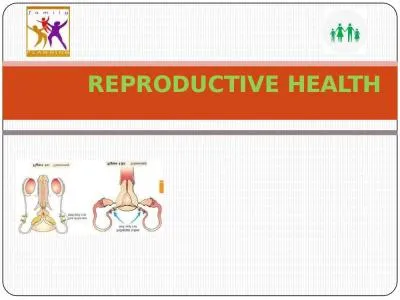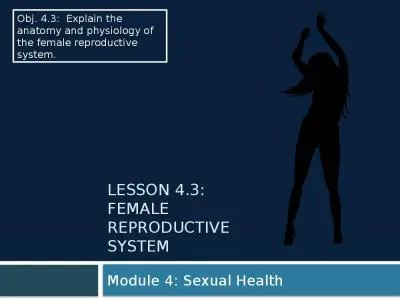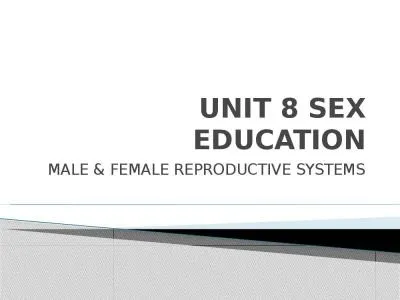PPT-Comparative Anatomy of Female Reproductive System in Domestic Animals
Author : jasmine | Published Date : 2023-11-24
Ovary Location 1 mare The ovaries in mares is suspended by broad ligament dorsally to ventral cavity toward the lumber vertebra and displaced during weight gain
Presentation Embed Code
Download Presentation
Download Presentation The PPT/PDF document "Comparative Anatomy of Female Reproduct..." is the property of its rightful owner. Permission is granted to download and print the materials on this website for personal, non-commercial use only, and to display it on your personal computer provided you do not modify the materials and that you retain all copyright notices contained in the materials. By downloading content from our website, you accept the terms of this agreement.
Comparative Anatomy of Female Reproductive System in Domestic Animals: Transcript
Download Rules Of Document
"Comparative Anatomy of Female Reproductive System in Domestic Animals"The content belongs to its owner. You may download and print it for personal use, without modification, and keep all copyright notices. By downloading, you agree to these terms.
Related Documents

